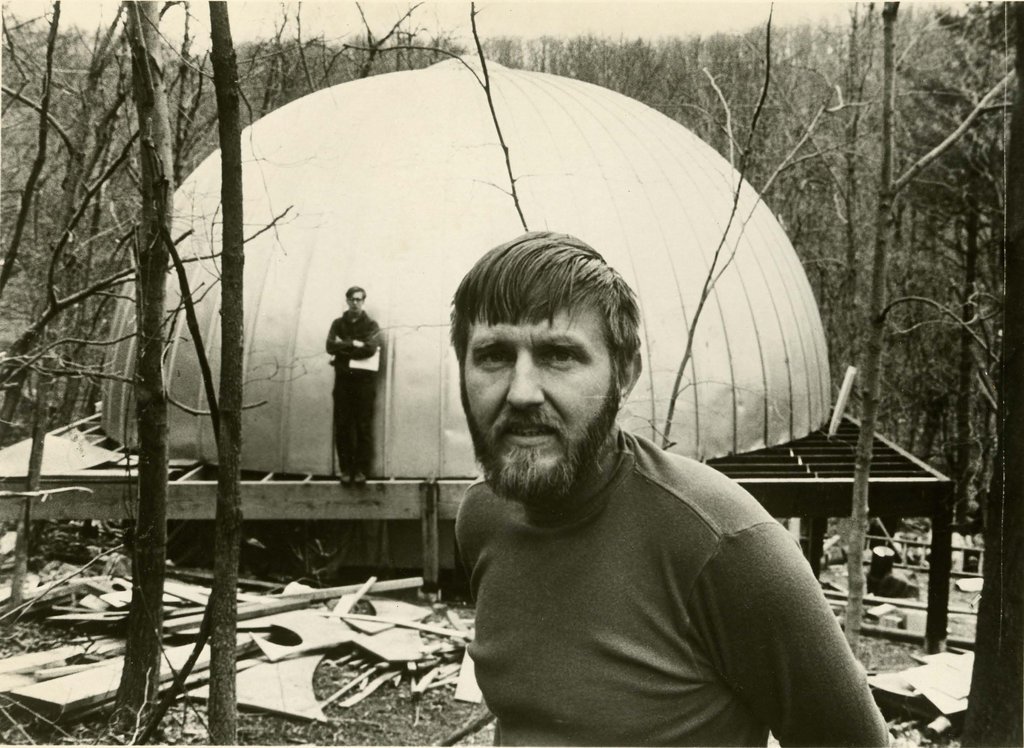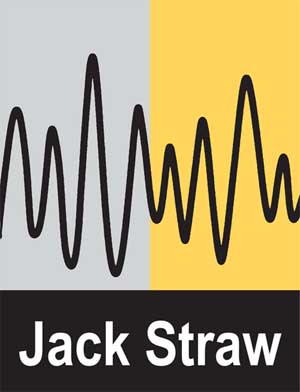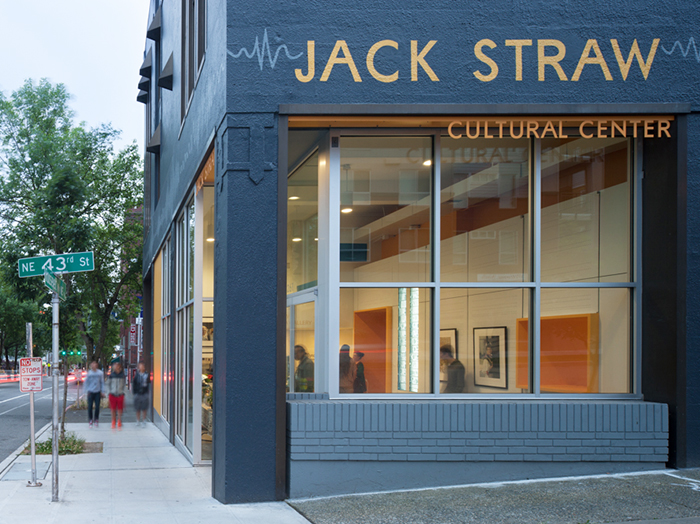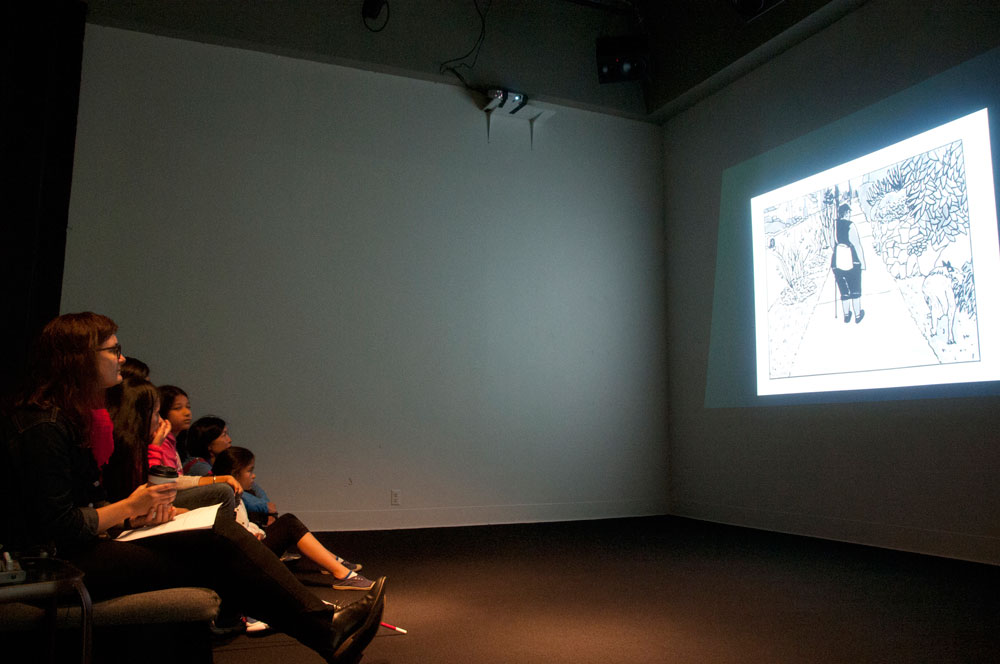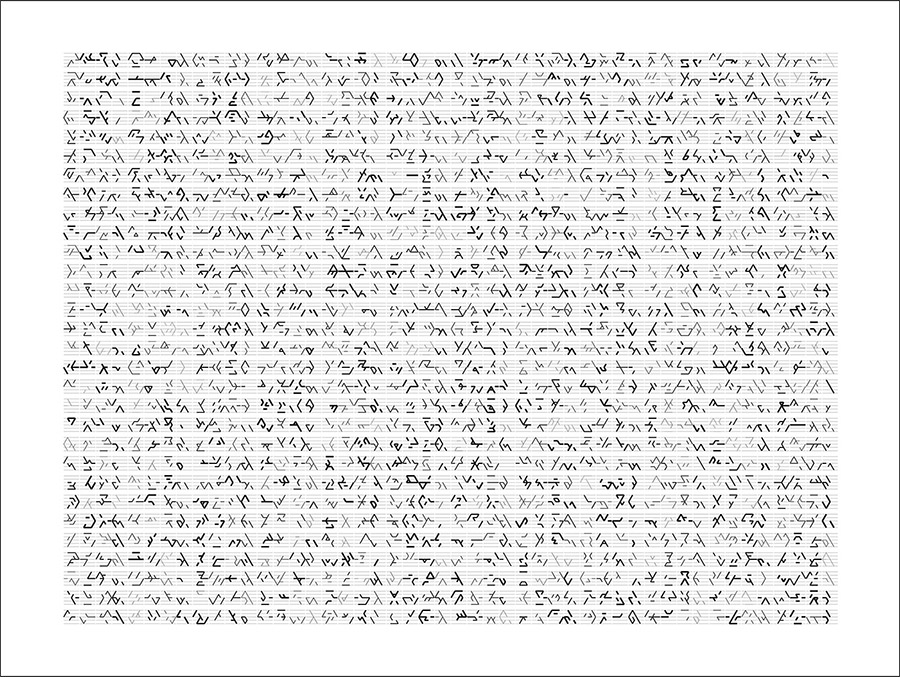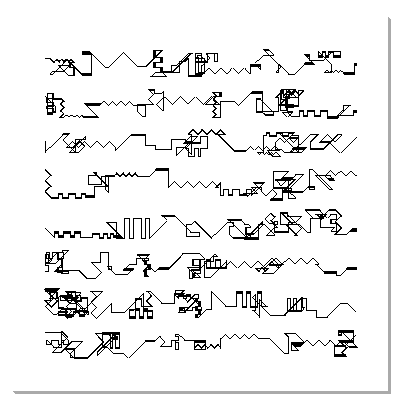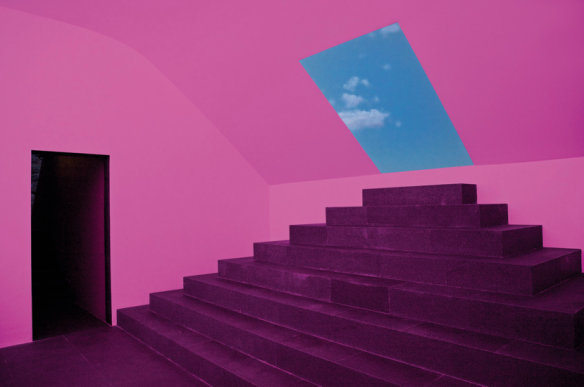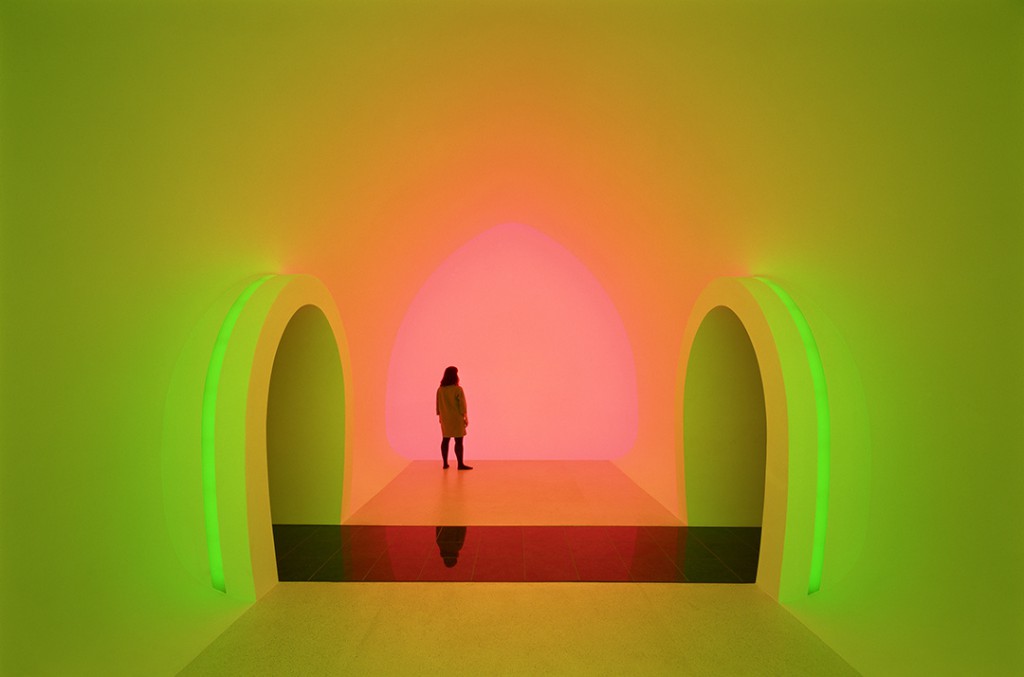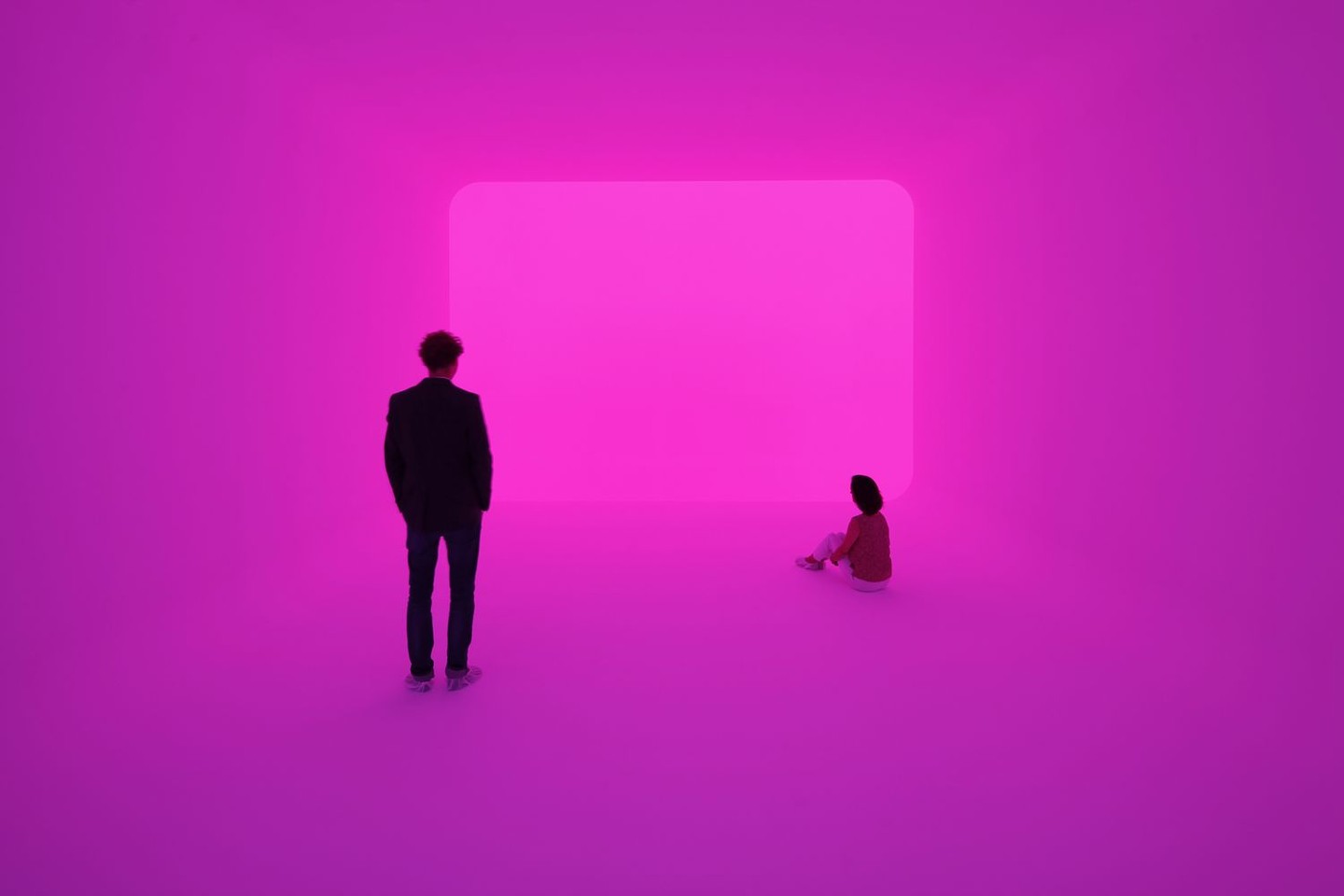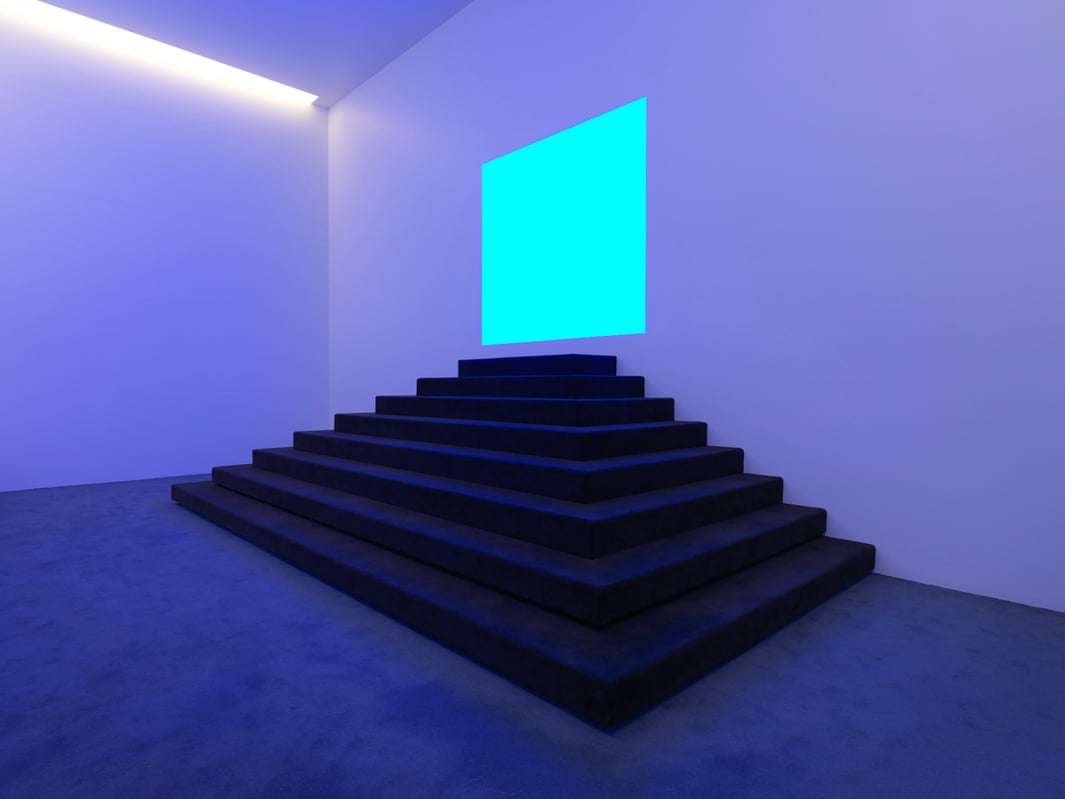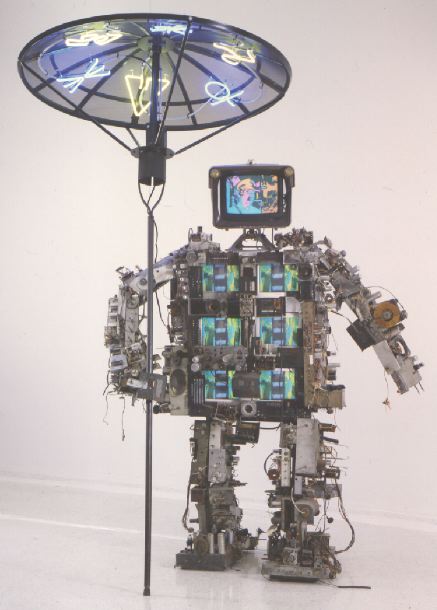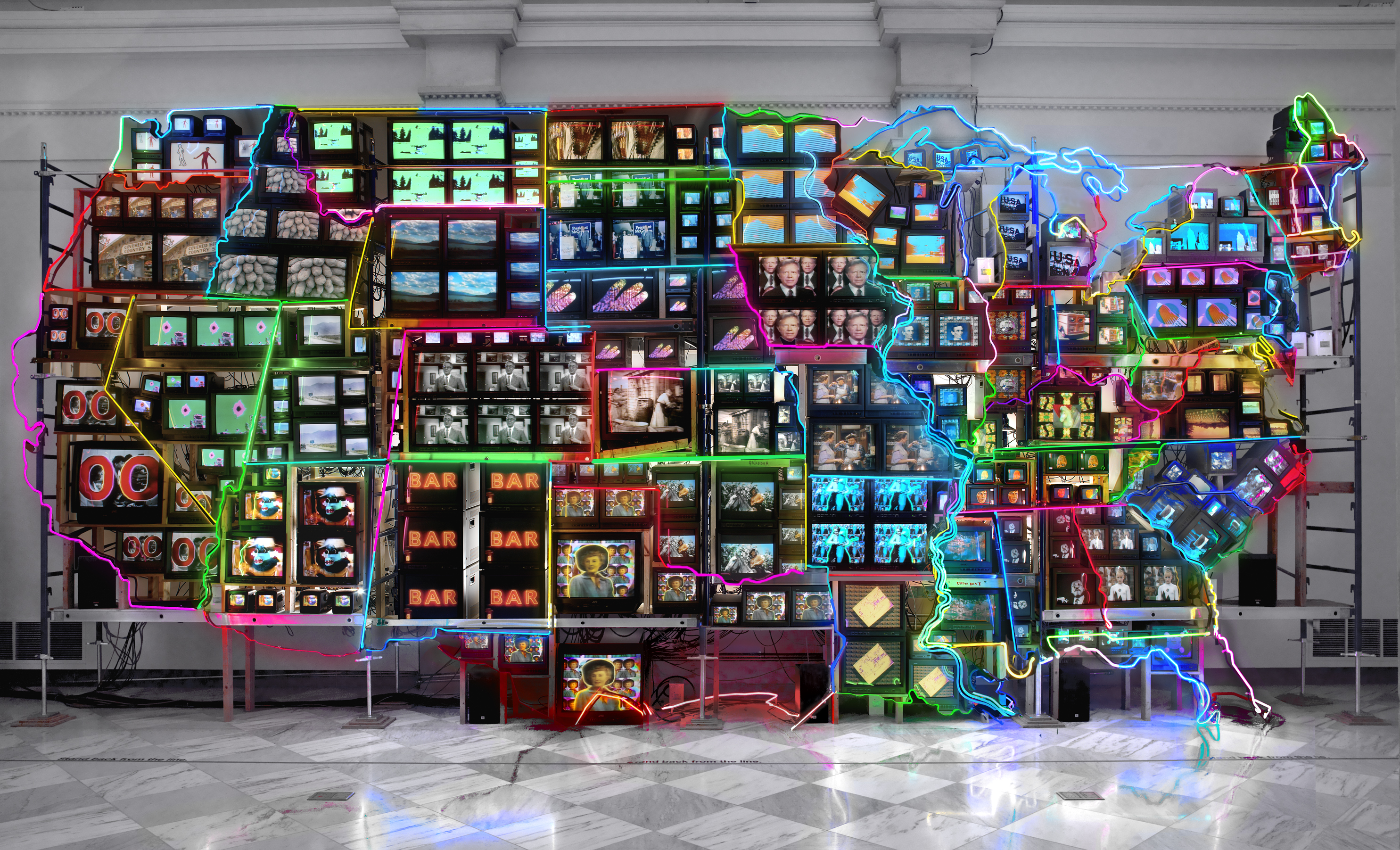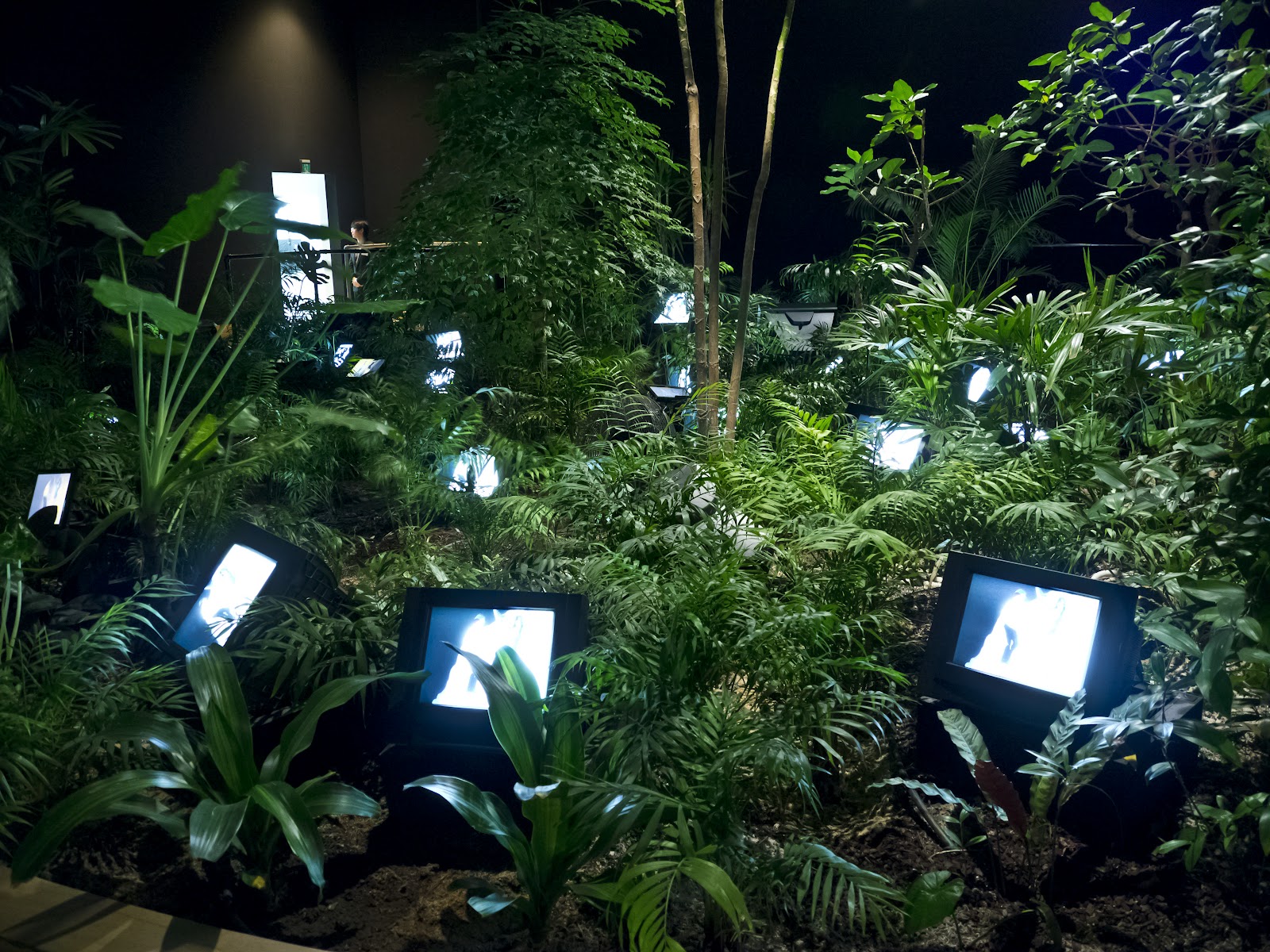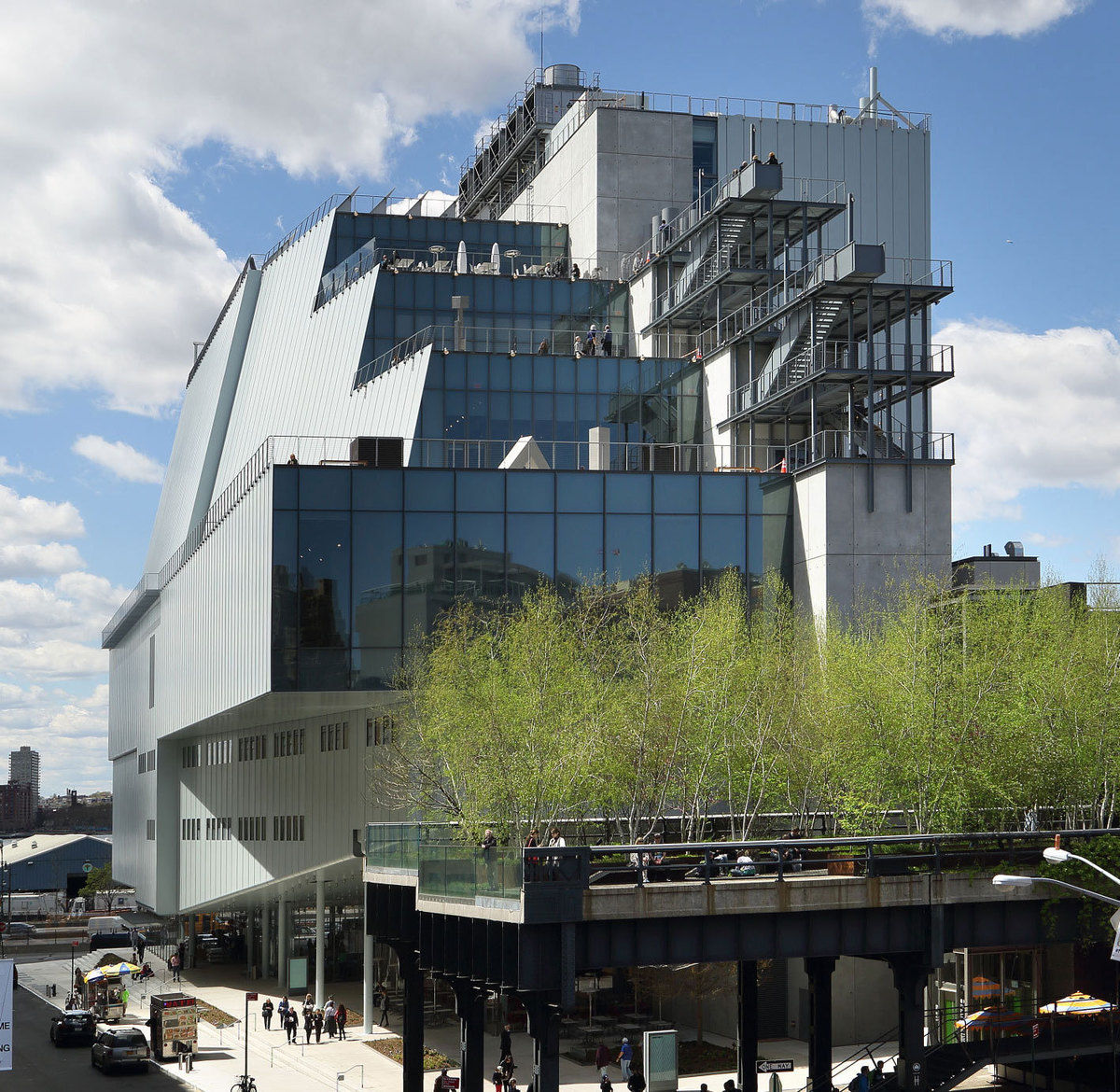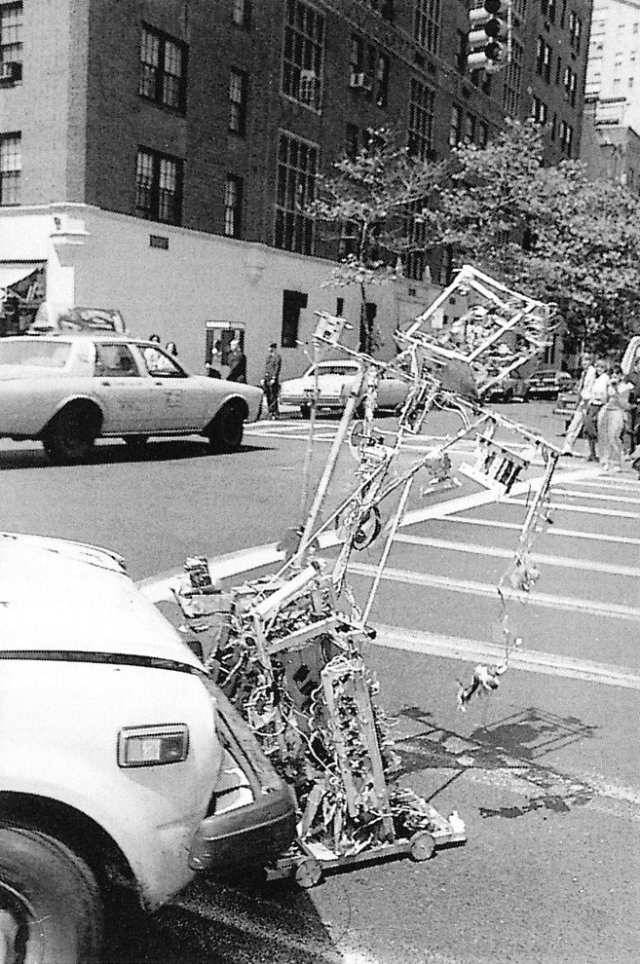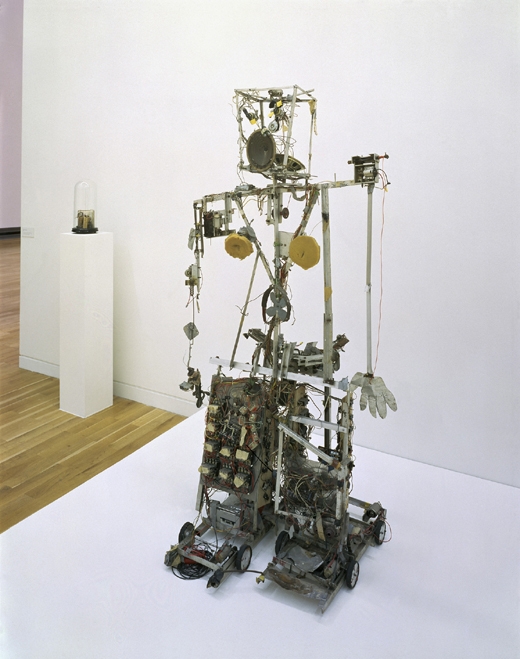Stan VanDerBeek (January 6, 1927 – September 19, 1984) was an American experimental filmmaker known for his collage works. [1]
A pioneer in the development of experimental film and live-action animation techniques, Stan VanDerBeek achieved widespread recognition in the American avant-garde cinema. An advocate of the application of a utopian fusion of art and technology, he began making films in 1955. In the 1960s, he produced theatrical, multimedia pieces and computer animation, often working in collaboration with Bell Telephone Laboratories. In the 1970s, he constructed a 'Movie Drome' in Stony Point, New York, which was an audiovisual laboratory for the projection of film, dance, magic theater, sound and other visual effects. His multimedia experiments included movie murals, projection systems, planetarium events and the exploration of early computer graphics and image-processing systems.[1]
VanDerBeek wrote: It is imperative that we quickly find some way for the entire level of world human understanding to rise to a new human scale. The scale is the world' The risks are the life or death of this world. The technological explosion of this last half-century, and the implied future are overwhelming, man is running the machines of his own invention… while the machine that is man… runs the risk of running wild. Technological research, development, and involvement of the world community has almost completely out-distanced the emotional-sociological (socio-'logical') comprehension of this technology. The 'technique-power' and 'culture-over-reach' that is just beginning to explode in many parts of the earth, is happening so quickly that it has put the logical fulcrum of man’s intelligence so far outside himself that he cannot judge or estimate the results of his acts before he commits them. The process of life as an experiment on earth has never been made clearer. It is this danger — that man does not have time to talk to himself — that man does not have the means to talk to other men. The world hangs by a thread of verbs and nouns. Language and cultural-semantics are as explosive as nuclear energy. It is imperative that we (the world’s artists) invent a new world language…'[1]
